Waffle quick service food- fast food restaurant
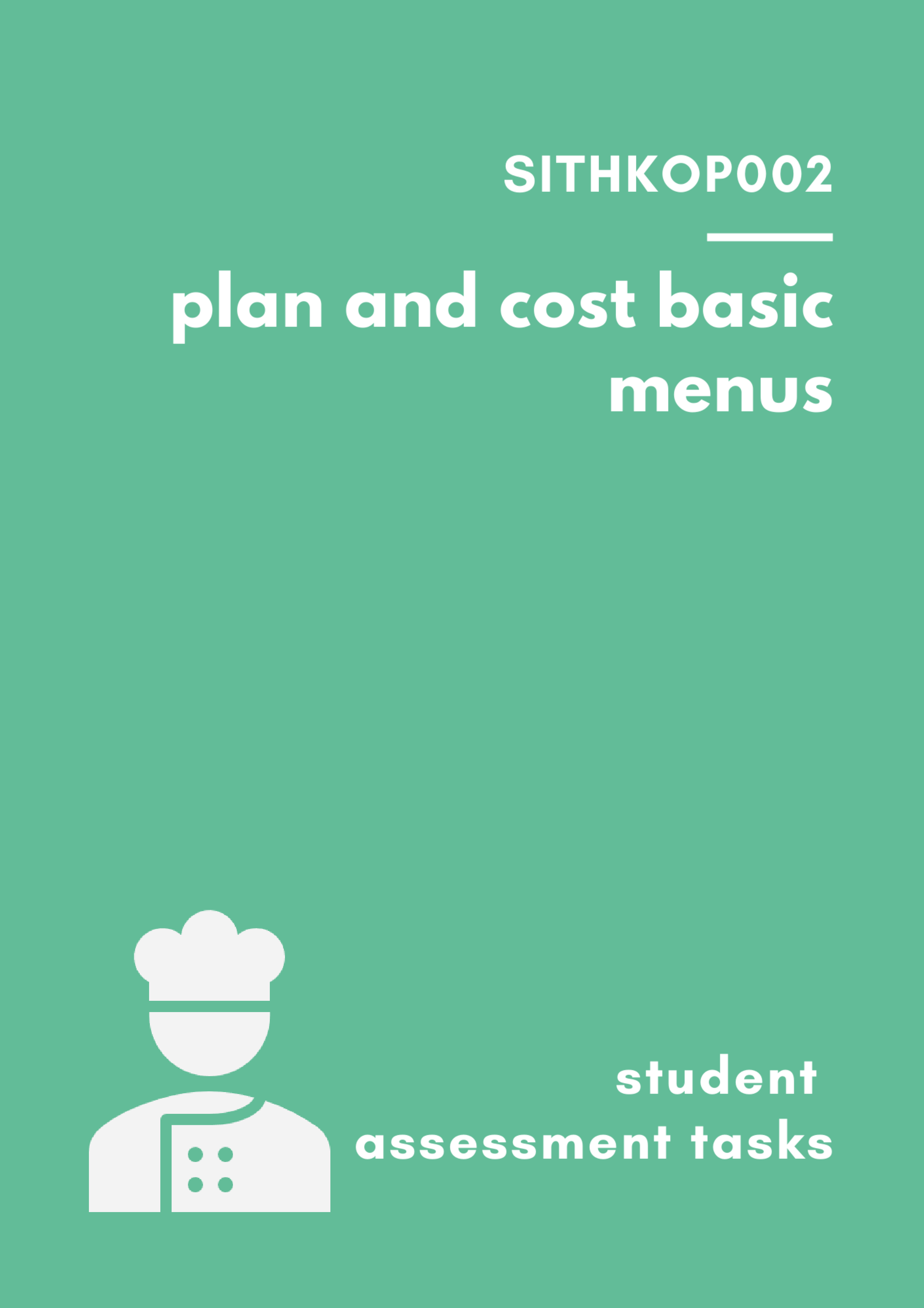
lOMoARcPSD|2813415
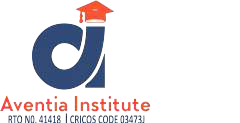 |
2 | |
|---|---|---|
| © 2020 RTO Works |
Introduction
Welcome to the Student Assessment Tasks for SITHKOP002 Plan and cost basic menus. These tasks have been designed to help you demonstrate the skills and knowledge that you have learnt during your course.
Assessment Task 1: Knowledge questions – You must answer all questions correctly.
Assessment Task 2: Prepare menus project – You are required to identify the preferences of a group of customers and then develop a set of eight menus of different styles to meet those preferences. You will also gather feedback on each menu from the customer group.
Once you have read through the assessment tasks and are satisfied that you are clear on the requirements and submission dates, complete and sign a Student Assessment Agreement. Your assessor will countersign the agreement and keep it on file. You will find a Student Assessment Agreement in Appendix B of your Hospitality Works Student User Guide or your RTO will provide you with one.
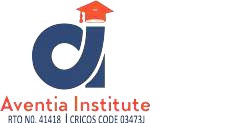 |
3 | |
|---|---|---|
| © 2020 RTO Works |
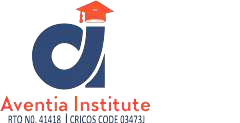 |
4 | |
|---|---|---|
| © 2020 RTO Works |
Student Assessment Agreement
Make sure you read through the assessments in this booklet before you fill out and sign the agreement below.
| | ☐ Yes | ||
|---|---|---|---|
| | |||
☐ No
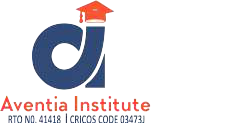 |
|
5 |
|---|---|---|
| © 2020 RTO Works |
☐ I declare that this task is all my own work and I have not cheated or plagiarised the work or
colluded with any other student(s).
|
|
|---|---|
|
|
☐ I hereby certify that this student has been assessed by me and that the assessment has
been carried out according to the required assessment procedures.
lOMoARcPSD|2813415
| Tasks | S | S | ||
|---|---|---|---|---|
|
||||
|
|
|||
|
|
|
|
|---|---|
evidence.
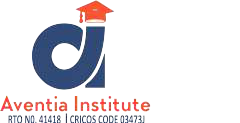 |
7 | |
|---|---|---|
| © 2020 RTO Works |
review the advice to students regarding answering knowledge questions in the Hospitality
Works Student User Guide
submit a completed cover sheet with your work
avoid sharing your answers with other students.
|
|---|
Customer Interviews
Customer Surveys
Buffet - A buffet is a system of serving meals in which food is placed in a public area where the diners generally serve themselves. Buffets are offered at various places including hotels and many social events.
Cyclical - A cycle menu is a series of menus that is repeated over a specific period of time, such as 4 weeks. The menu is different each day during the cycle. And, At the end of the cycle, the menu is repeated.
| has evolved over a period of time. Ethnic style is influenced by factors such as |
|---|
| organizations, cross cultural influences, innovations, and sustainable practices. Ethnic |
|---|
Table d’hote - Table d’hote translates as “table of the host.” The host, the chef or restaurant, is offering a specific meal. You can take it or leave it, but you can’t really change it that much. It’s as if you’re sitting at the host’s table and politely accepting what they’ve prepared.
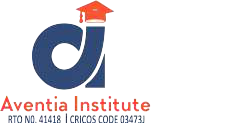 |
|
9 |
|---|---|---|
| © 2020 RTO Works |
2. Volume
3. Count
This percentage or factor is calculated by dividing the portionable weight by original weight of the item before processing.
YIELD PERCENTAGE = number of portions x unit portion size / Purchase quantity x 100
lOMoARcPSD|2813415
Process of butcher’s Test
is noted down as a loss in cutting.
Thus, the yield or standard portion size available from an item after butchering is determined.
sepcifications. With the help of butcher’s test results, menu prices can be planned because costs
are known.
As-purchased weight x as-purchased price per lb = APC
Example: 28lb ÷ $1.30/lb = $36.40 (APC)
+ bones trim weight x market price per lb. = Trim Value of bones
+ usable trim weight x market price per lb. = Trim value of trim
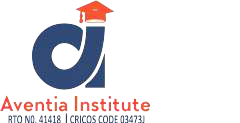 |
11 | |
|---|---|---|
| © 2020 RTO Works |
+ 5lb. usable trim x $1.30 = $6.50
12lb. Total Trim Weight = $8.00 Total trim value
5. Determine the New Fabricated Cost (NFC)
APC – Total Trim Value = New Fabricated Cost (NFC)
Determine the Cost Factor (CF)
NFPP ÷ As-purchased price per lb. = Cost Factor (CF)
9. Determine the number of portions of Final Product from the Fabrication
NFW x 16oz = Total number of ounces
16lbs x 16oz = 256 ounces
256oz ÷ 12oz = 21.33, or 21 portions
0.1106 x 12 ounces = $1.327 (cost per portion)
Standard Yield Test
For effective yield testing, it is important to weigh the item after each set of process is completed.
|
|---|
lOMoARcPSD|2813415
| 1. |
|
|---|
chicken Caesar salad dish, add up the total cost of the chicken, dressing, lettuce, parmesan
cheese, and anything other ingredients used to make the dish. Raw food cost is similar to your
| 3. |
|---|
o Example: Say your ideal food cost percentage is 28%, and your raw food cost is $4. The complete equation will be as follows: $14.29 (Price) = $4.00 (Raw Food Cost of Item) / 28% (Ideal Food Cost Percentage). The price you will use for your menu will be $14.29.
6. Describe the method and calculation for assessing the viability of a dish.
lOMoARcPSD|2813415
8. Describe how each of the following factors might influence your menu planning decisions.
Age and stage
Answer: Dishes offer something unique to create an edge over competitors in the same location.
Dishes match the organization’s menu type, service style and cuisine.
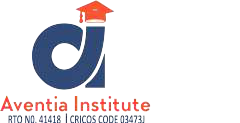 |
|
15 |
|---|---|---|
| © 2020 RTO Works |
lOMoARcPSD|2813415
Popularity indexes - Calculating popularity index helps you work out which menu items
are the most popular.
year-round, making it easier to focus less on seasonal availability. Seasonal fresh fruits and
vegetables may have a higher antioxidant content than non-seasonal fresh fruits and
This is also a good reason to leverage social media. If there’s anything that thrives on social media, it’s an time-sensitive message designed to get people involved. When you create a Facebook post about how your new menu is moving quickly, and people back up the statement by praising your food, others will want to take part in this limited time opportunity.
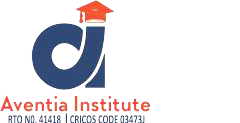 |
16 | |
|---|---|---|
| © 2020 RTO Works |
lOMoARcPSD|2813415
| |
|---|
resources not only speaks to their freshness (and the freshness of the menu) but also
reestablishes your restaurant as a contributor to the community.
| |
|---|
12. List at least two popular food preferences in each of the following categories:
Seasonal dishes
Answer: Contemporary Eating Habits - Cabbage Soup Diet - It involves eating only cabbage
excessive gain once the diet is finished
| |
|---|
most important things to remember in connection with the cultural factors involved in food habits is that there are many combination of food which will give same nutritional results.
| |
|
|---|
The two popular food preference in the popular menu items include – Burger, Pizza, Waffle.
|
|---|
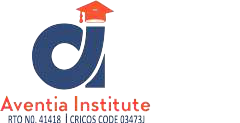 |
18 | |
|---|---|---|
| © 2020 RTO Works |
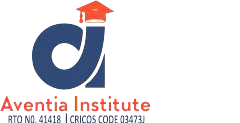 |
|
19 |
|---|---|---|
| © 2020 RTO Works |
your learning resources and other information for reference
commercial information which may include:
price lists
product information:
o costs of food supply for food service businesses
o menus for the variety of cuisines and service styles specified in the performance evidence
Student User Guide
| |
|
20 | |
|---|---|---|---|
| | |||
| | |||
| | |||
| | |||
| |
|
||
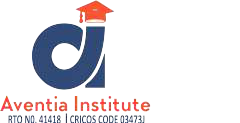 |
|
||





